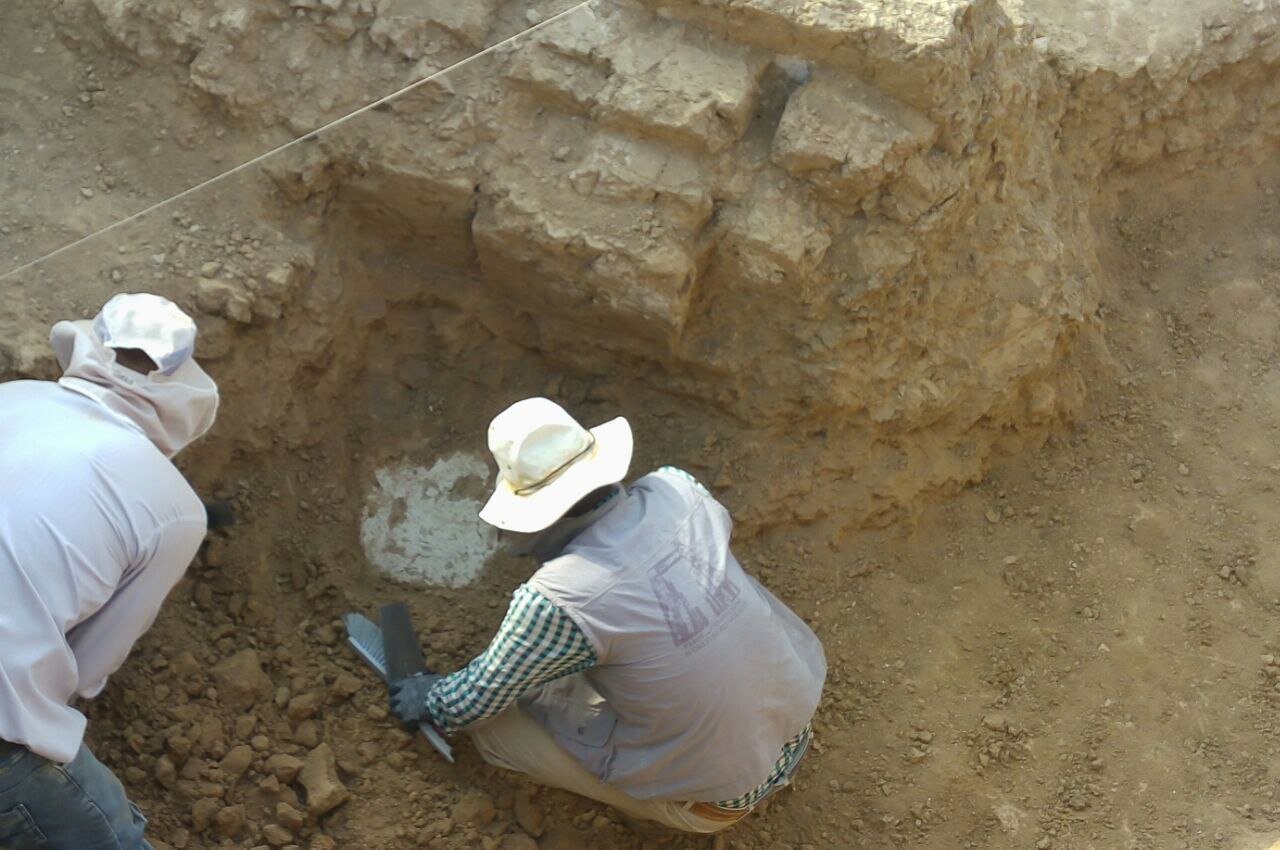Iranian, French archaeological survey suggests Viranshahr inhabited during Parthian, Sassanian eras

TEHRAN – The fifth archaeological season conducted on Viranshahr, by a team of Iranian and French archaeologists, suggests the northeastern Iranian site was inhabited during the Parthian and Sassanian eras.
Co-led by Meysam Labbaf-Khaniki, who is affiliated with Iran’s Research Institute of Cultural Heritage and Tourism, and Rocco Rante, who is affiliated with the Louvre museum, the recent excavations were aimed to sharpen the focus on hidden gems of cultural heritage at the ancient site which is situated near the city of Faruj in North Khorasan province.
The team during its recent follow-up excavations has discovered a landmark plan of the newly excavated ruins and relics, ILNA quoted Labbaf-Khaniki as saying on Saturday.
“Characteristics of the newly discovered potteries and other cultural materials, as well their architectural style, indicate that Viranshahr was probably established in the Parthian period and was inhabited until the middle of the Sassanid era,” Labbaf-Khaniki said.
“The 14-hectare area of Viranshahr was surrounded by a defensive wall, and in its northern corner there was another enclosed part, which was probably the seat of the rulers of this settlement as a citadel,” the archaeologist said.
“Based on our examinations of the architectural remains and surface evidence [we found evidence of] towers built at successive intervals along a wall.”
“Ruins of those towers can be traced in the form of small and large architectural structures, which can be seen today in the form of irregular mounds in the area.”
Commenting on other discoveries at the site, he said trenches carved in previous years led to the precise identification of the structure of a gate, however, this year's excavation was dedicated to the recognition of a building buried in a hill that once stood with 3-meter-wide clay walls in the southern part of this area.
Last year, the team unearthed the ruins of a fortified structure during the fourth archaeological season. Based on initial evidence, experts from the Louvre and the University of Tehran, the structure had a religious or administrative use in its heyday.
Parthian Empire, also known as the Arsacid Empire, largely adopted the art, architecture, religious beliefs, and royal insignia of their culturally heterogeneous empire, which encompassed Persian, Hellenistic, and regional cultures. At its height, the Parthian Empire stretched from the northern reaches of the Euphrates, in what is now central-eastern Turkey, to eastern Iran.
The Sassanid era (224 CE–651) is of very high importance in the history of Iran. Under Sassanids, Persian art and architecture experienced a general renaissance. Architecture often took grandiose proportions, such as palaces at Ctesiphon, Firuzabad, and Sarvestan, which are amongst the highlights of the ensemble.
Khorasan — meaning the “Land of the Sun” — is a historical region and realm comprising a vast territory now lying in northeastern Iran, southern Turkmenistan, and northern Afghanistan. The historical region extended along the north, from the Amu Darya (Oxus River) westward to the Caspian Sea and, along the south, from the fringes of the central Iranian deserts eastward to the mountains of central Afghanistan.
AFM
Leave a Comment